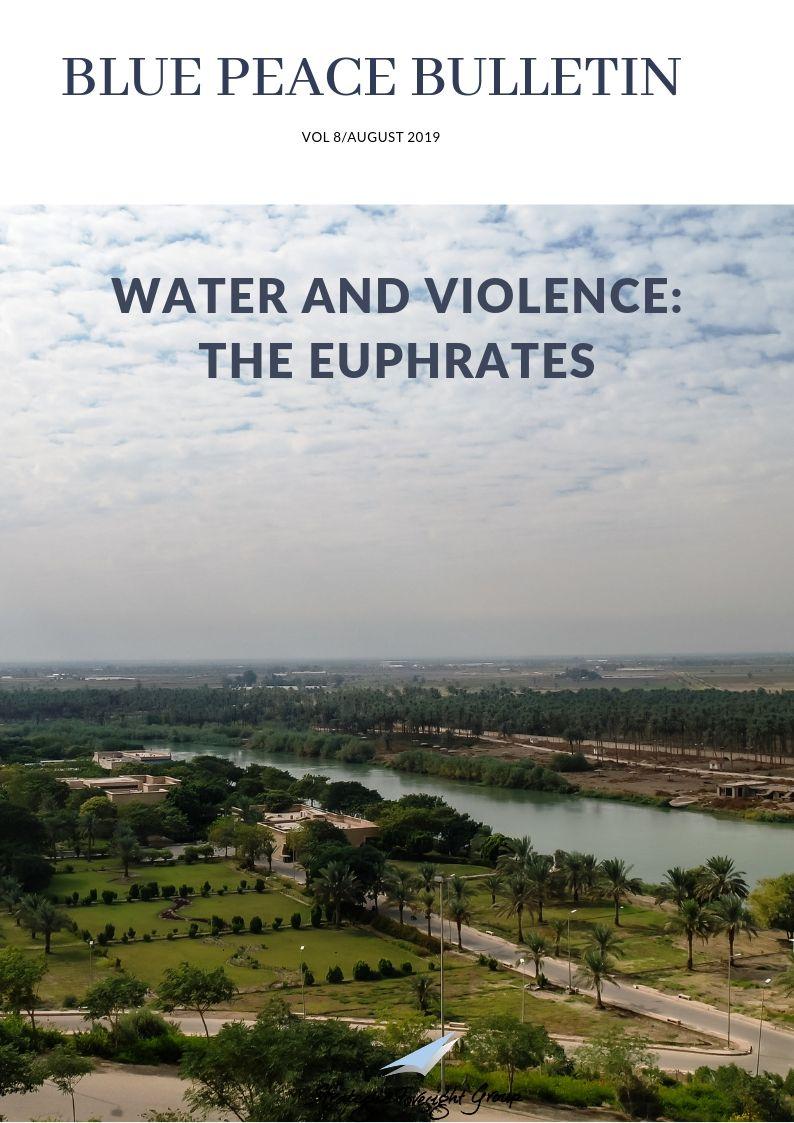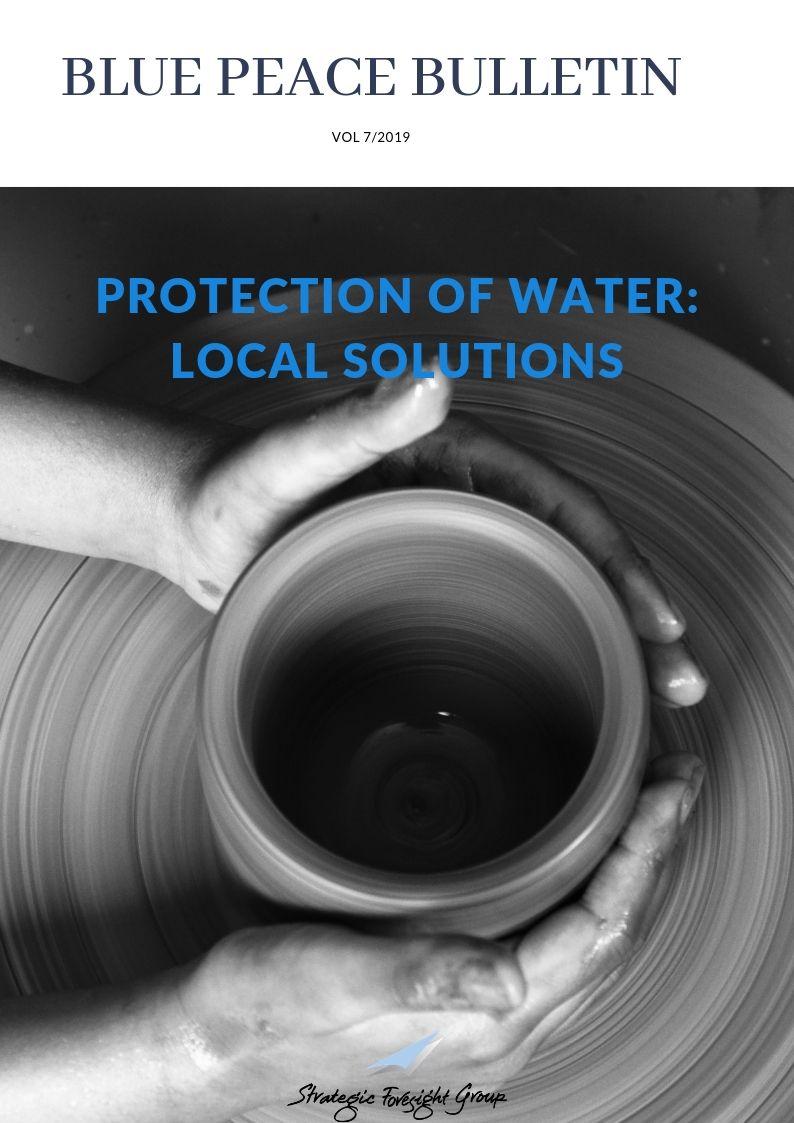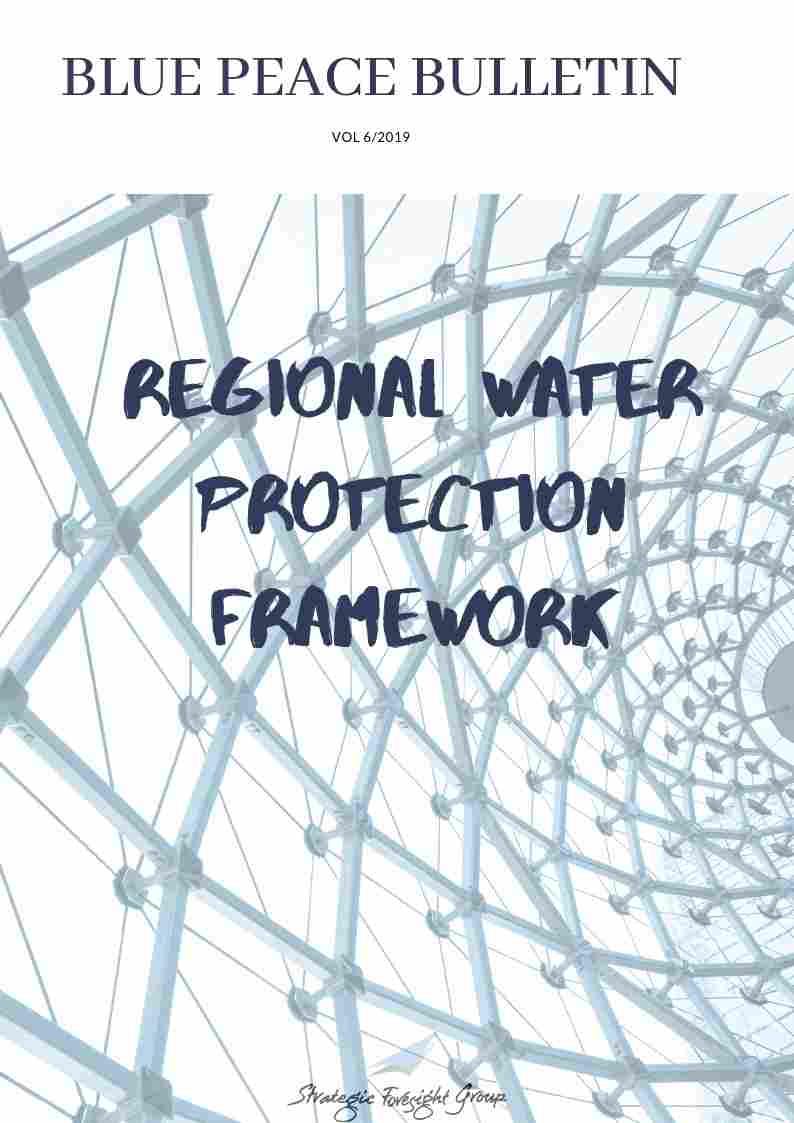The Blame Game
|
|
February, 2010
By
|
Every morning the paper I receive in my home in Mumbai carries a story on the worsening water situation in the city and how thousands of us are left without water. The stories talk about water theft by the private companies, illegal tapping of wells, poor transportation systems, pollution in the reservoirs and related problems. The media blames the government, the government blames the climate, the bureaucracy blames the rising population and the migrants, and we the people blame everyone. It is easy to say that we live in Mumbai and in a developing country and hence we have these problems, but the truth is that this is not restricted to only poor and developing nations, these issues are present in the industrialized developed nations. From Southeast Australia to Western America and everywhere in between, our cities are in a state of crisis due to fast paced human consumption.
Shift in demographics, internal migration, increased urbanisation etc in developing countries, are all leading to a water crisis. Water upheavals are intensifying because the population is growing fastest in regions that are either running out of freshwater or have polluted waters. By 2030 a further two billion people will live in these cities resulting in a further strain on resources, leading to the spread of water diseases and bad health. In the developed world, the need to sustain a high economy and a reluctance to curb a certain lifestyle is resulting in a similar water crisis. Across the world, ancient and new cities, coastal and inland cities, world class and aspiring cities are all facing the same problem. As a whole we have a 19th century way of examining and utilizing water and 21st century needs.
Sana�€™a, one of the oldest cities, is to be the first capital city to run out of fresh water by 2020-2025. With a population of over 2 million, the city has the highest growth rate in the world at 7-8%; and with a per capita availability of 125 cubic meters annually, it is one of the most water scarce countries in the world. One of the biggest problems is the production of qat, a green leaf that is a mild narcotic and a staple at social gatherings. The production of this leaf uses an estimated 40% of the available water, and farmers prefer to grow it for the high profit involved in narcotics trade. If production of the leaf is not reduced immediately and appropriate counter-measures are not taken, estimates predict that the existing wells the city is dependant on will dry up as soon as 2015.
Far away from Yemen, Mexico City is sinking; because of the vast amounts of water being pumped out from beneath its foundations. One of the largest and most populous cities in the world, it was once a lush land of lakes. But over the last 500 years the lakes have been consistently drained and the surrounding forests have been chopped down. Of the water available, an estimated 40% is lost due to leaky pipes built decades ago, a problem which most countries in the Middle East, Africa and South Asia are familiar with. With no adequate drainage system, today rainwater mixed with sewage water is used for irrigation. The city is now at serious risk of running out of clean water within the next few years.
The residents of Ankara, the capital city of a country poised and ready to be a major power in the world, have been receiving only a few hours of water a day and sometimes even less. Turkey, with its abundant freshwater supply, is unable to provide its capital city with the required water simply due to bad transportation systems and water loss in pipes that are decades old. While the last few years of severe drought in the region has exacerbated the situation, Turkey has water in surrounding basins and rivers, and the lack of foresight to plan for these climatic situations has left an important capital city without water.
Adelaide, Australia�€™s fifth largest city has resorted to shipping water from other parts of the country due to the Murray River running low and turning salty. The water crisis in the city and surrounding region is a combination of increasing population and growing domestic and agricultural demand, much like other cities. Due to this demand and years of extraction and diversion, the water tables under the land are rising, pushing deadly quantities of salt to the surface. At this rate of extraction, the Murray Darling Basin will be unfit for agricultural use, let alone drinking, within this decade.
The massive Colorado River which sustains 7 states is decreasing, affecting the famous city of Las Vegas. Lake Mead, which is fed by the Colorado River, has been dropping by over a 1% a year, and by 2012 the lakes surface will fall below the existing pipes that transport water to the city. While work is currently ongoing to build a new pipe 600m below the surface, with half a million residents being added to the population of Las Vegas annually, this is only a temporary solution.
These statistics show that cities across the board are all affected by over exploitation of resources, extremely high unsustainable demand, and gross mismanagement. The debate on climate change and its numerous negative effects is still on and there is no foreseeable solution. Yet, we must not forget that our water resources will still dwindle due to human consumption, regardless of whether the climate plays a part or not. Unfortunately there is still no global marketplace for water, and solutions are short sighted and piecemeal.
As the world grows needier, neither governments, nor companies, nor investors have found effective collective and sustainable solutions. It is time to learn collectively how to build better, faster, more efficient systems, creative means to control our demand and consumption without drastically affecting people�€™s needs, and most importantly find solutions to tangible problems of today. From 2500 BC when the reigning King diverted the water of the Tigris away from the neighbouring land, societies have fought and re-arranged geographies to get the water they need. It is time we fundamentally changed the manner in which we look at the water available to us, realizing that it is in fact only a finite resource.
Related Publications
Related latest News
Related Conferences Reports
-

An Unprecedented Opportunity:Blue Peace in the Middle East
Download:Stockholm Workshop Report
-

Strategy Workshop on Blue Peace in the Middle East
Download:Strategy Workshop on Blue Peace in the Middle East





